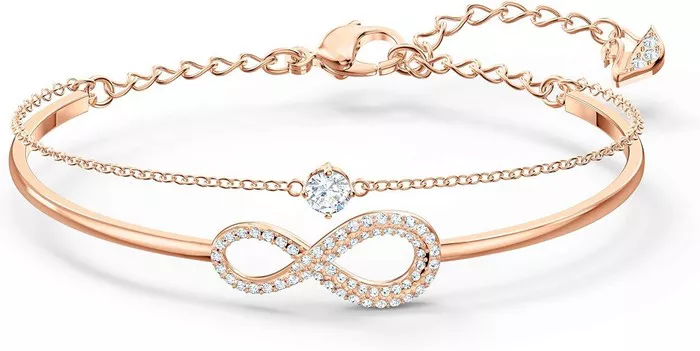Swarovski, renowned for its crystal jewelry and accessories, has often been perceived as a luxury brand. However, there are instances where Swarovski products are perceived as relatively affordable compared to other luxury items. This perception prompts the question: why is Swarovski so cheap?
Understanding Swarovski’s Market Position
Swarovski, founded in 1895 by Daniel Swarovski, has established itself as a leading name in precision-cut crystals. Initially focusing on crystal cutting for jewelry and chandeliers, Swarovski expanded its product range to include figurines, fashion accessories, and home decor items. Despite its reputation for high-quality crystals, Swarovski strategically positions itself in the market to appeal to a broader consumer base.
Factors Influencing Swarovski’s Pricing Strategy
1. Manufacturing Process and Materials
Swarovski crystals are crafted using a precision cutting process that maximizes sparkle and brilliance. Unlike natural gemstones that are rare and expensive, Swarovski crystals are man-made using quartz, sand, and minerals. This synthetic production process allows for more control over quality and consistency while keeping costs relatively lower compared to natural gems.
See Also: When Can Toddlers Wear Hoop Earrings
2. Economies of Scale
Swarovski operates on a large scale, benefiting from economies of scale in production. High-volume manufacturing reduces per-unit production costs, enabling Swarovski to maintain competitive pricing without compromising quality. The brand’s global presence and extensive distribution network further optimize logistical efficiencies and reduce transportation costs.
3. Brand Positioning and Market Segmentation
While Swarovski is perceived as a luxury brand, it strategically positions itself in the accessible luxury segment. This positioning allows Swarovski to cater to aspirational consumers who seek premium quality without the exorbitant price tags associated with high-end luxury brands like Cartier or Tiffany & Co. By offering a range of products at various price points, Swarovski appeals to a broader demographic, including younger consumers and gift buyers.
4. Marketing and Retail Strategy
Swarovski invests significantly in marketing and retail strategies to enhance brand visibility and customer engagement. Collaborations with fashion designers, celebrities, and influencers help maintain brand relevance and attract new customers. Additionally, Swarovski’s retail presence includes standalone stores, online platforms, and partnerships with department stores, expanding accessibility and consumer reach.
5. Consumer Perception and Value Proposition
The perception of Swarovski as a luxury brand is reinforced by its commitment to craftsmanship, innovation, and design excellence. Despite its affordable pricing relative to traditional luxury brands, Swarovski products offer value through superior quality, distinctive designs, and the prestige associated with the brand name. This perceived value encourages repeat purchases and fosters brand loyalty among consumers.
Debunking Myths and Misconceptions
Myth: Swarovski uses low-quality materials.
Reality: Swarovski crystals are renowned for their precision-cutting and quality craftsmanship, utilizing synthetic materials to achieve consistent brilliance and durability.
Myth: Swarovski products are mass-produced and lack uniqueness.
Reality: While Swarovski produces on a large scale, each crystal is crafted with meticulous attention to detail, offering a wide range of designs and customizable options.
Myth: Swarovski is not a genuine luxury brand.
Reality: Swarovski maintains a strong heritage of craftsmanship and innovation, earning recognition as a respected name in the luxury and fashion industries.
Conclusion
In conclusion, the affordability of Swarovski products can be attributed to a combination of factors including efficient manufacturing processes, economies of scale, strategic market positioning, and a strong emphasis on quality and consumer value. By balancing luxury appeal with accessible pricing, Swarovski continues to attract a diverse clientele while upholding its reputation as a symbol of elegance and sophistication in the world of crystal jewelry and accessories.
Through its commitment to innovation and craftsmanship, Swarovski remains a distinctive choice for consumers seeking timeless beauty and exceptional quality without the prohibitive costs associated with traditional luxury brands.

